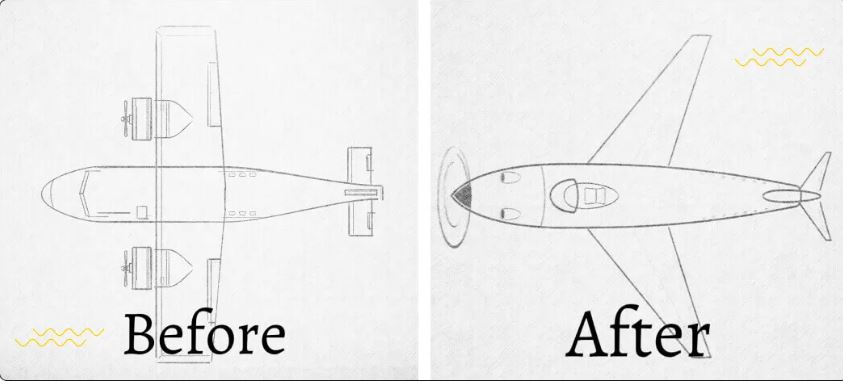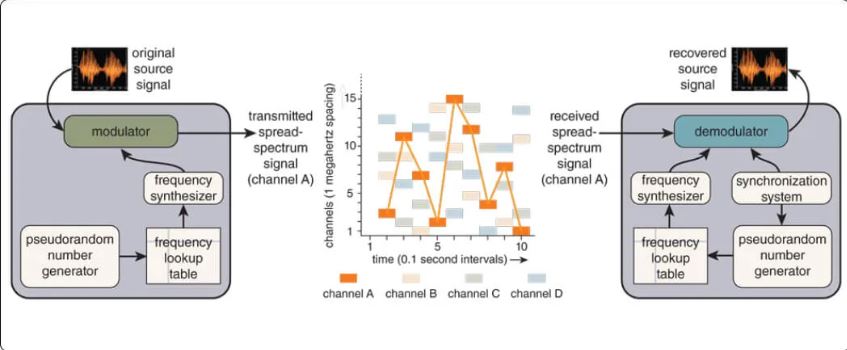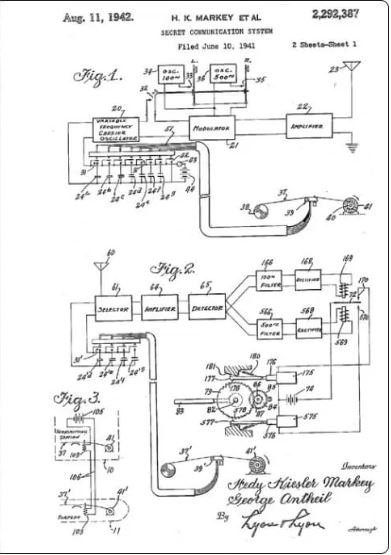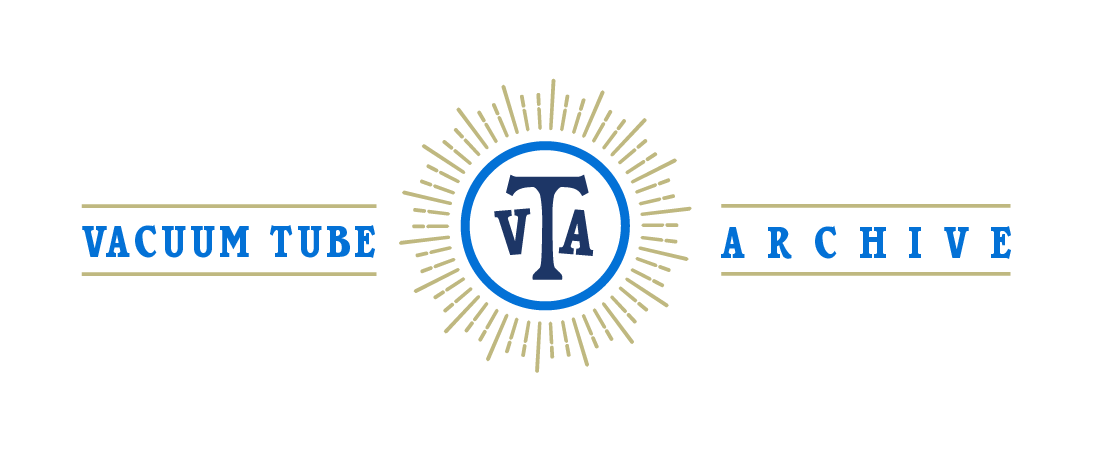Hedwig Eva Maria Kiesler was born in Austria in 1914 to Jewish parents Emil Kiesler and mother Gertrud. Emil was a wealthy bank director and inspired his daughter to become curious about the world around her, invention and improving the world. Her mother, Tuude, was a concert pianist and introduced Hedwig to piano, ballet, theatre, and silent movies. By age 10, she was proficient at piano and dance and could speak 4 languages. Her parents realized she had a near photographic memory and was very interested in the technology around her and supported her interests. At age 12, her great beauty was becoming very evident. She was privately tutored from this point on and entered and won a beauty contest in 1930 in Vienna at age 16. She entered Max Reinhardt’s drama school in Berlin, around this time and showed great promise. Reinhardt never got the chance to officially train her before she met Russian Producer Alexis Granowsky who cast her in his first movie called “The Trunks of Mr. O.F.” in 1931 starring Peter Lorre and Walter Abel. She became internationally famous in her next lead role in the Carl Boese comedy film “No Money Needed” in 1932. In 1933 she appeared in the Gustav Machat film “Ecstasy” which brought her much fanfare. She was now a star. However, the film was much too controversial and was banned in the US and Germany.
The next chapter in her life began when she met and married an Austrian military arms dealer and munitions maker Fredrick Mandl in 1933. He was 33, she was 18. This proved to be a large mistake as he was very controlling and prevented her from pursuing her interests. To summarize their relationship, she had had enough with Fredrick when it was found he had ties with Hitler and Mussolini and in a short time, she divorced him. During this short marriage to the very wealthy Mandl, she had many opportunities to meet and talk to German and Italian scientists. She understood exactly what they were talking about and laid her plans on how to prevent them from using their knowledge in what was going to be a war. This involved “Frequency Hopping”. In 1937, she met Louis B. Mayer, head of MGM studios while he was in London talent hunting. He Signed her at $500.00. She was persuaded to change her name by the wife of Mayer to Hedy, short for Hedwig and Lamarr after an early silent film star Barbara Lamarr. While pursuing her scientific studies, Hedy strived to join the “National Inventors Counsil” and used this knowledge to sell war Bonds for the US Government and was very successful at this. She made several films with MGM and several other studio’s including her own production company until the year 1966 when she in effect, retired.
Until her death in the year 2000, Hedy worked on many technical improvements to existing patents. One of her boyfriends was aviator Howard Hughes. He understood her passion and knowledge for invention and introduced her to his team of scientists working on a new plane design. Her design was well received by Hughes and the plane was built.



Her swept wing design is shown in fig.1 and was based on what she had seen while German aviation scientists presented their early plans, at her first husbands party, for what would become the Messerschmidt 220, the world’s first jet aircraft using a mixture of common chlorine bleach and hydrogen peroxide as a fuel source. The fuel source she also remembered but it was dismissed as high octane fuel was available to Hughes. In 1940, Hedy met composer George Antheil and they discussed the sinking of the British ship SS City of Banares, on its way to Canada from England, by a German torpedo with 77 of the 90 people on board perishing. This gave Hedy a kernel of an idea, along with George, to help US Navy submarines torpedoes reach their targets by preventing enemy jamming of the of the signal controlling them. Hedy helped in the design of this wireless communication system. This became known as frequency hopping. That is, the system caused radio waves from the transmitter and receiver to switch to a new frequency simultaneously between the 88 frequencies. Fig. 2 above shows how this method works. This is known today as the “speed spectrum technique”. Hedy and George hired Caltech professor Samual Mackeown to present its functionality to the US Navy and were granted a patent 2292,387 in 1942 and the application is shown in fig. 3 above in 1941. However, by this time the Navy had moved on from its radio frequency method to purely electronic means to control torpedoes. While the Navy did not use the frequency hopping idea for torpedoes, it was taken up by the US and other countries to develop WIFI, Blue Tooth and other means of communication widely used today. Hedy and George received many awards for their work in wireless communication.
The subject of radio controlled torpedoes was covered by one of my previous articles here: https://vacuumtubearchive.com/john-hays-hammond-jr-torpedo-relay-tube/
The complete granted patent for Hedy Kiesler & George Antheil can be viewed here: PA
I am not an advertiser for Amazon Prime videos but Fredrick or Fritz Mandl, Hedy Lamars first husband, is prominently mentioned on a Prime video called “Hunting Hitler”. This is a 3 -season contemporary look at how Hitler escaped Germany to try to bring about the 4th Reich. This investigation is still on-going to this very day. Everyone in at least the US should watch this series of videos.
Source:
https://www.ai-bees.io/post/hedy-lamarr-the-mother-of-wireless-technology


Leave a Reply